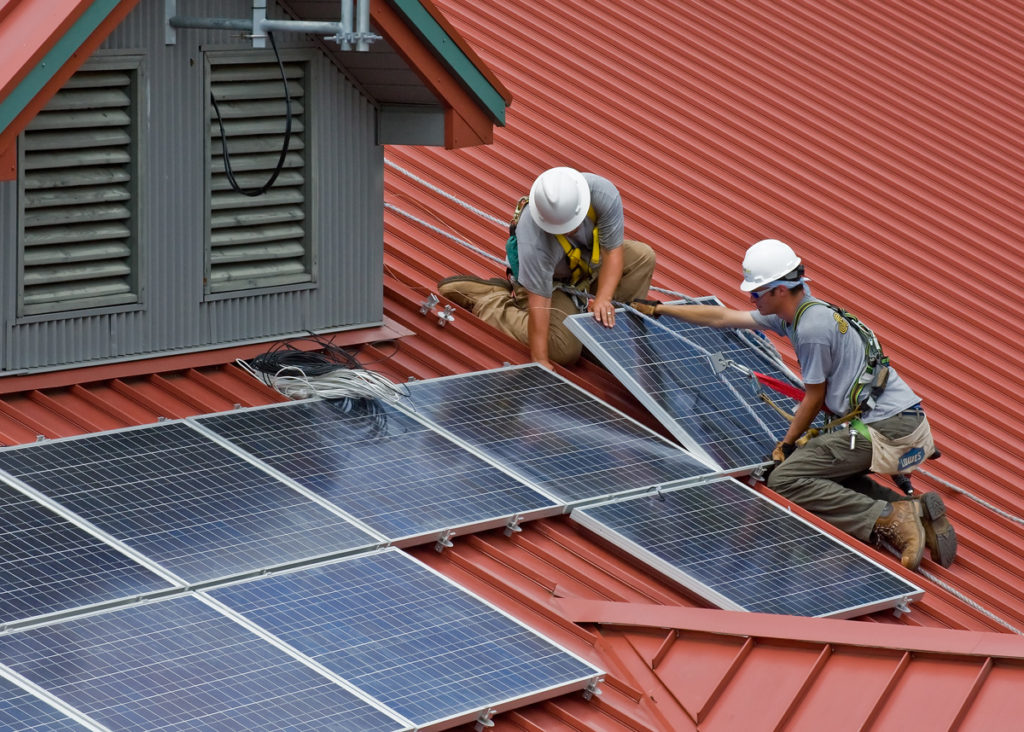
Nine cities can now generate more power from solar than the entire country could a decade ago.
But, lately, the solar boom has been largely absent in Tennessee.
Nashville ranked 64th of 67 cities examined in a recent report from Environment America on solar capacity per capita, and Memphis ranked 57th.
Tennessee’s local power companies are affecting deployment of rooftop solar and small projects for homes and businesses, according to Bryan Jacob, the solar program director for the Southern Alliance for Clean Energy.
“The unfortunate circumstance in both Nashville Electric Service and Memphis Light Gas and Water is that they have both imposed a surcharge on solar customers,” he said.
NES, for example, charges between $9 and $20 per month for solar customers, depending on which program they enroll in. “NES has approved cost-based fees to evaluate, review, test, commission, and interconnect new renewable systems with the distribution grid,” the company said in a statement.
But there is more to the story. The Tennessee Valley Authority, the state’s largest utility, influences these power dynamics.
TVA’s solar shift
Back in 2011, TVA adopted the “Green Power Providers” program to conform to the net metering standard established in the Energy Policy Act of 2005. This program allowed homeowners and businesses who generate electricity from solar panels to sell excess electricity back to the grid — and at attractive rates.
“They were an early leader on solar,” Jacob said.
As the market grew, TVA reduced the premium and fewer people signed up. But it was not until TVA slashed the incentive, from roughly a few cents above the retail rate to a few cents below, that participation plummeted several years ago, according to Daniel Tait, a researcher at the Energy and Policy Institute.
In 2020, TVA cut the Green Power Providers program, citing the drop in the number of people signing up. Afterward, TVA said local power companies could decide what they wanted to do with rooftop solar, which led to the new charge structures.
In the process, potential solar customers also lost the ability to sign a long-term contract for a consistent rate.
“Homeowners need predictability,” Tait said.
Putting in a system with battery storage, called a solar-plus-storage system, has an average cost of about $25,000 to $35,000 for one home. Batteries usually cost between $12,000 and $22,000, according to the U.S. Department of Energy.
But solar affordability varies, depending on the system and the local regulatory environment.
To support greater adoption, the Environment America report authors recommend that city, state and federal governments adopt pro-solar policies — and stop fossil fuel interests and utilities from rolling back net metering or implementing special fees or rate designs that reduce the financial promise of solar installation.
The report suggested that cities could play a “key role” in the renewable transition.
“As population centers, they are major sources of electricity demand and, with millions of rooftops suitable for solar panels, they have the potential to be major sources of clean energy production as well,” the researchers wrote.

